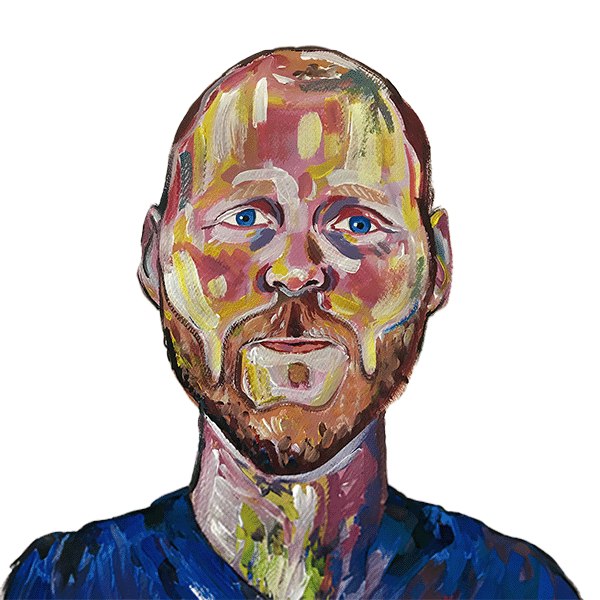People Analytics at Spotify

This is how we collect people data and put it to work
At Spotify, we take data very seriously and we try to make every decision data-informed. When it comes to people data we have collected all the relevant components in one team, to make sure all sources and analysis can feed into each other and nothing falls between the cracks.
Our HR Insights team includes the People Analytics team, but also the teams that own our HR and Compensation & Benefits systems. Together, they build our data and insights foundation, they manage dashboards, make predictions and merge data from different systems to find patterns that are not possible to discover when each source is looked at separately.
When the rest of the HR professionals go about their work, they base their actions on data and “intuition” (also known as experience). Most of the time they take it from a dashboard or an existing source, or by setting up a new analysis that they share with the rest of the organization for best practice reuse. If they need support they turn to the HR Insights team for specialist help.
We bring the people data into all types of meetings and projects, it’s an integrated part of what we do whether it’s an HRBP managing long term strategic challenges with a lead team, or a Talent Acquisition partner looking to automate a process and improve the candidate experience.
We predict that any remaining lines between HR, HR Systems and People Analytics will keep getting more blurred over the years to come. We already see that the insights from combining our different systems and data sources make our HR work more efficient and effective.
Data point + Data point = More than two data points
Here is a concrete example of how combining data sources makes the result much more interesting than each piece on its own: When we get the results back from our employee survey we can see that engagement is higher in some parts of the organization. That’s good to know. But the figures get SO much more interesting when we combine them with information on to which extent managers have regular 1:1 meetings with their employees. It turns out that skipping these meetings too often is a dealbreaker for engagement. This is crucial information, and for every such data combination, we learn more about what works well and what needs to change.
The action is everything
We figure that one project where we can follow the data to determine the right action is better than ten projects where there is no analysis and thus no conclusions on what the right way forward is. This is the journey we are on. We go one data point at a time, making changes towards simplifying and automating everything that can be simplified and automated, so we can focus more on the things that can’t.



